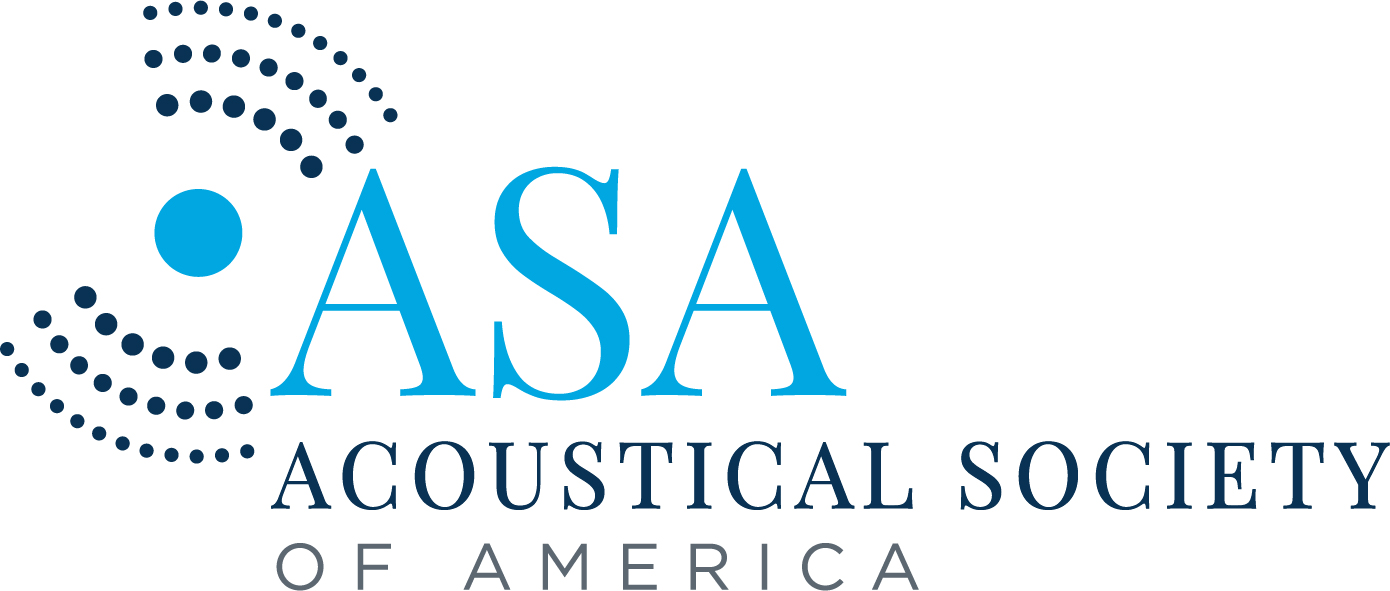New scientific tools help national parks learn more about wildlife and natural sounds
Cathleen Balantic – cathleen_balantic@nps.gov
Biologist, National Park Service, Natural Sounds and Night Skies Division
1201 Oakridge Drive Suite 100
Fort Collins, CO, 80524, United States
Popular version of 2aAB5 – From sounds to science on public lands: using emerging tools in terrestrial bioacoustics to understand national park soundscapes
Presented at the 186th ASA Meeting
Read the abstract at https://doi.org/10.1121/10.0026931
–The research described in this Acoustics Lay Language Paper may not have yet been peer reviewed–
In recent decades, audio recordings have helped scientists learn more about wildlife. Natural sounds help answer questions such as: which animals are present or absent from the environment? When do frogs and birds start calling in the spring? How are wildlife reacting to something humans are doing on a landscape?
As audio recordings have become less expensive and easier to collect, scientists can rapidly amass thousands of hours of data. To absorb this volume of data, instead of listening ourselves, we create automated detectors to find animal sounds in the recordings. However, it is a daunting and time-consuming task to create detectors for a diversity of species, habitats, and types of research.
This is a familiar challenge to researchers in the National Park Service Natural Sounds and Night Skies Division. Our division is a national service office that provides scientific expertise and specialized technical assistance to parks, and we need to be prepared to help any of the 400+ national parks that have questions about bioacoustics. Each park has distinct research questions, varied habitats, and different wildlife (Fig. 1, Sound Clip 1).

Figure 1. Varied Thrush at Glacier Bay National Park and Preserve in 2015. Image courtesy of the National Park Service.
Several bird species vocalize at an acoustic monitoring station at Glacier Bay National Park and Preserve, including Pacific Wren, American Robin, and Varied Thrush. This example was recorded on June 13, 2017, at 3:22am local time. Audio recording courtesy of the National Park Service.
As more parks collect audio data to answer pressing research and management questions, building a unique automated detector for a single park project is no longer tenable. Instead, we are adopting emerging technology like BirdNET, a machine learning model trained on thousands of species worldwide (not just birds!). BirdNET provides us with more capacity. Instead of painstakingly building one detector for one project, BirdNET enables us to answer questions across multiple national parks.
But emerging technology poses more questions, too. How do we access these tools? What are the best practices for analyzing and interpreting outputs? How do we adapt new methods to answer many diverse park questions? We don’t all have the answers yet, but now we have code and workflows that help us process terabytes of audio, wrangle millions of rows of output, and produce plots to visualize and explore the data.
We are learning even more by collaborating with other scientists and land managers. So far, we’re exploring avian soundscapes at Glacier Bay National Park and Preserve across a decade of monitoring – from when birds are most vocally active during the spring (Fig.2), to when they are most active during the dawn chorus (Fig. 3). We are learning more about wildlife in the Chihuahuan Desert, wood frogs in Alaska, and how birds respond to simulated beaver structures at Rocky Mountain National Park.
The information we provide and interpret from audio data helps parks understand more about wildlife and actions to protect park resources. Translating huge piles of raw audio data into research insights is still a challenging task, but emerging tools are making it easier.

Figure 2. Heat map of BirdNET detection volume for selected focal species at Glacier Bay National Park and Preserve. (a) Hermit Thrush, (b) Pacific-slope Flycatcher, (c) Pacific Wren, (d) Ruby-crowned Kinglet, (e) Townsend’s Warbler, and (f) Varied Thrush. Dates ranging in color from purple to yellow indicate increasing numbers of detections. Dates colored gray had zero detections. White areas show dates where no recordings were collected. Image courtesy of the National Park Service.

Figure 3. Heat map of Varied Thrush detections across date and time of day at Glacier Bay National Park and Preserve. Timesteps ranging in color from purple to yellow indicate increasing numbers of detections. Timesteps colored gray had zero detections. White areas show times when no recordings were collected. Audio recordings were scheduled based on sunrise times. Image courtesy of the National Park Service.




